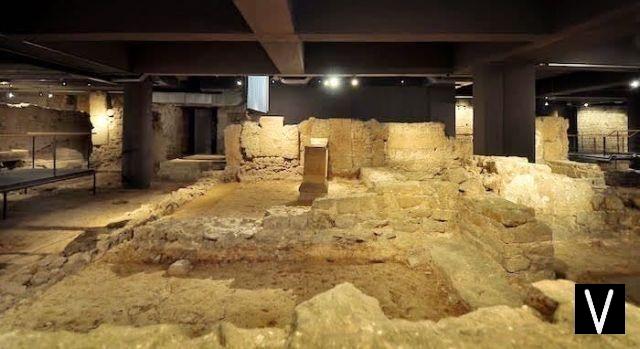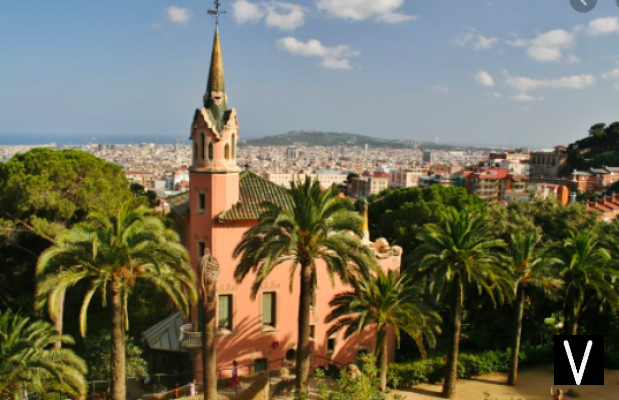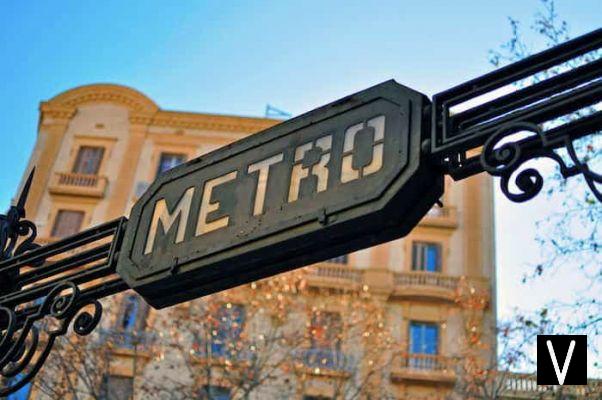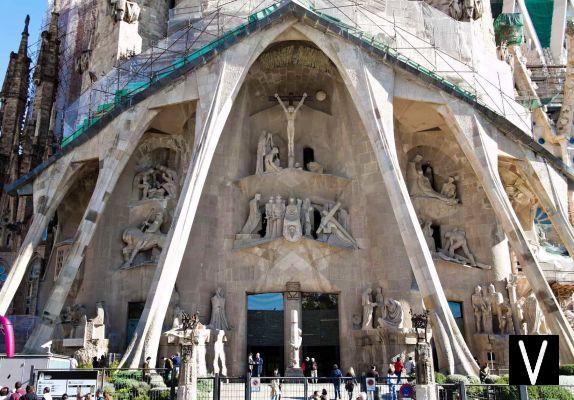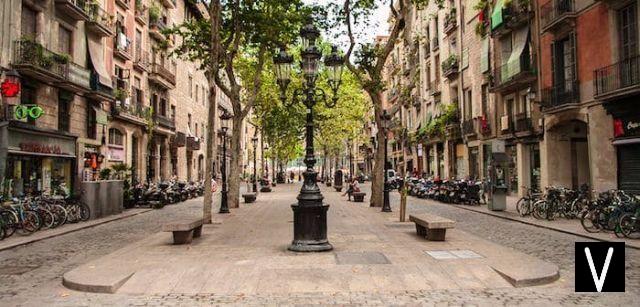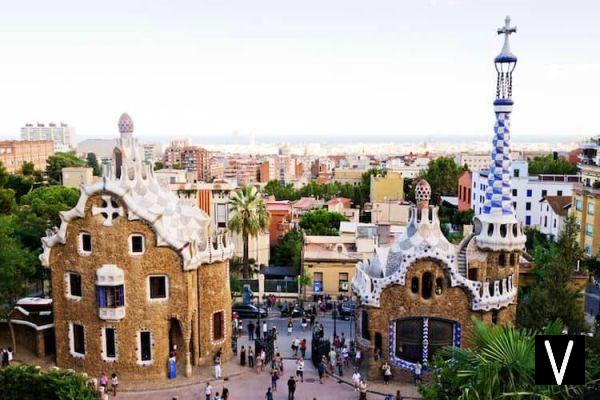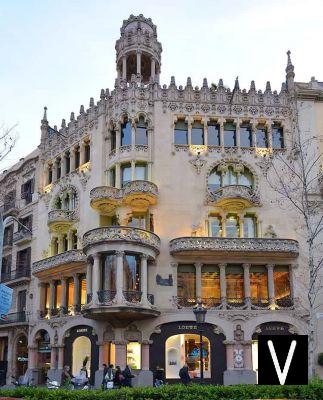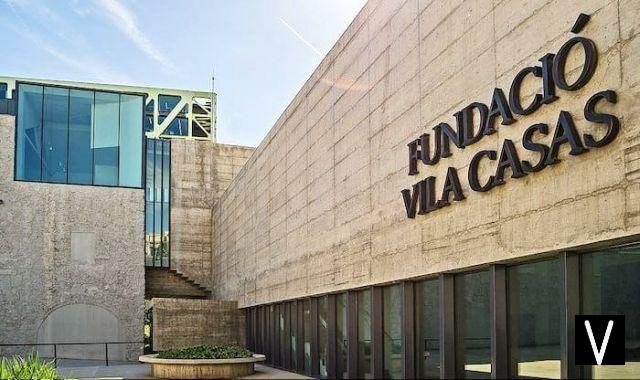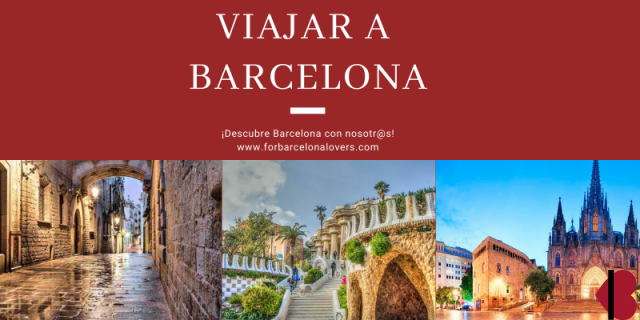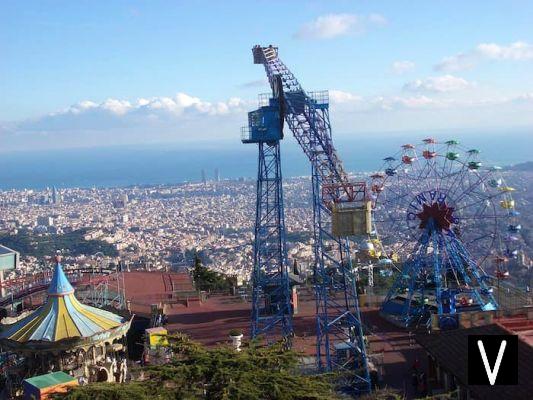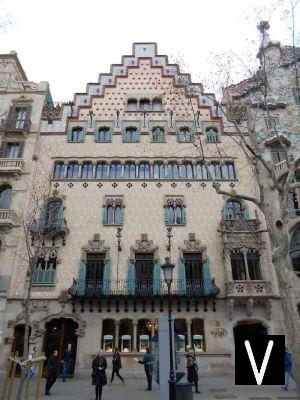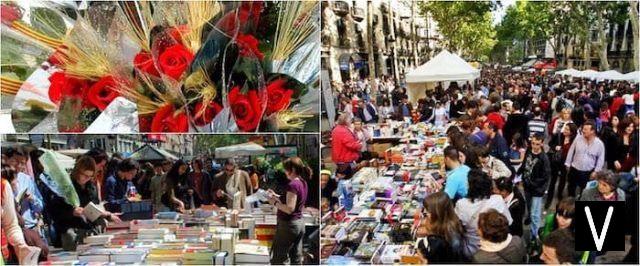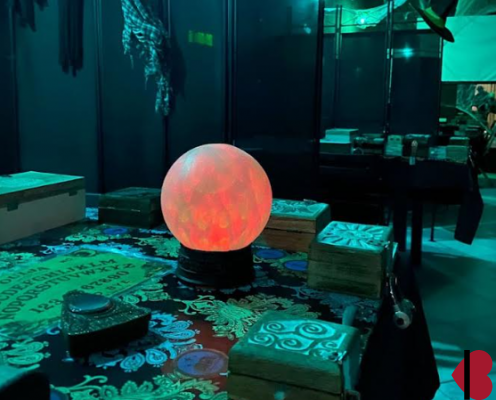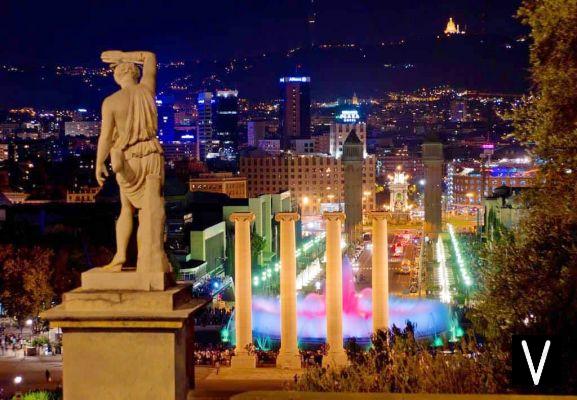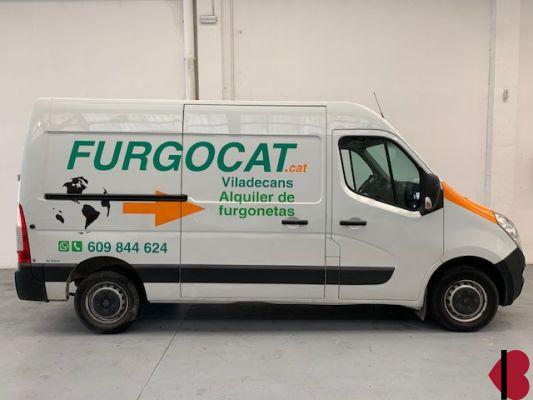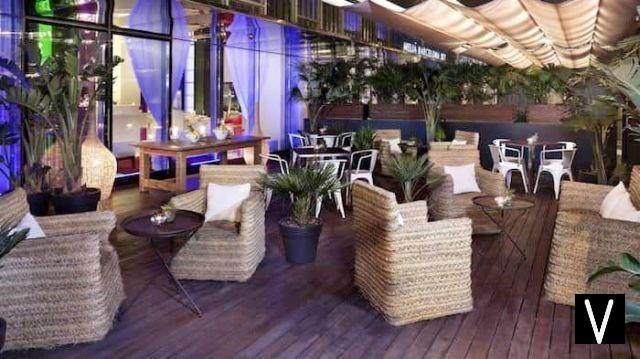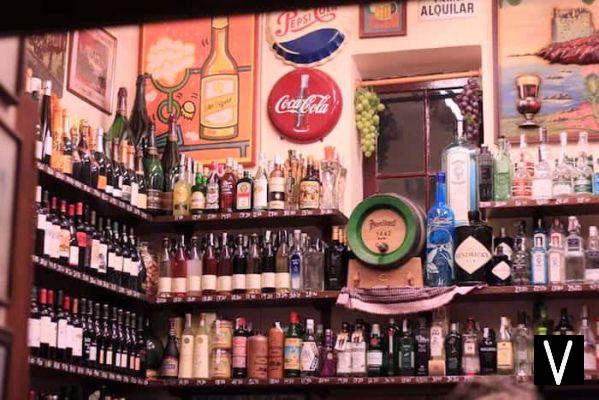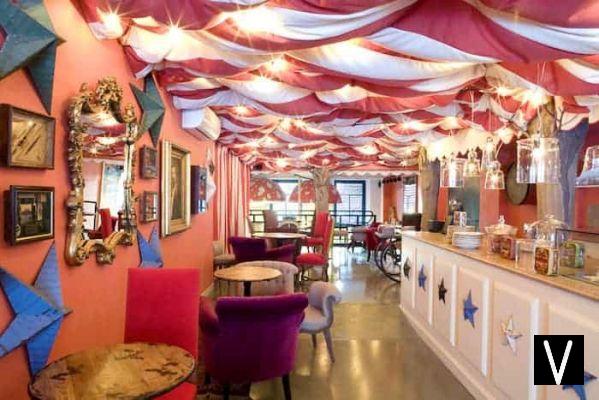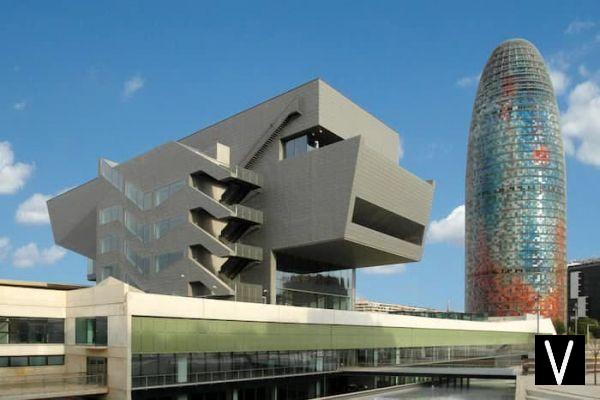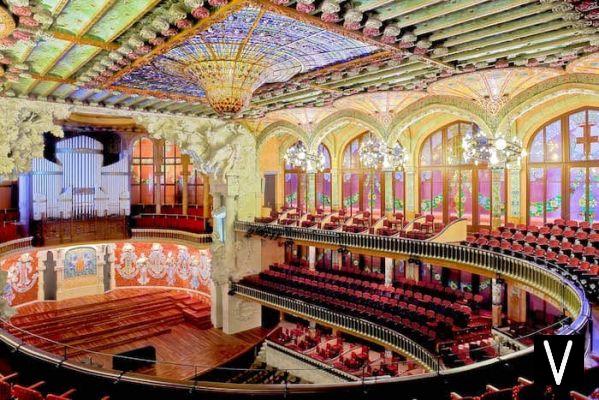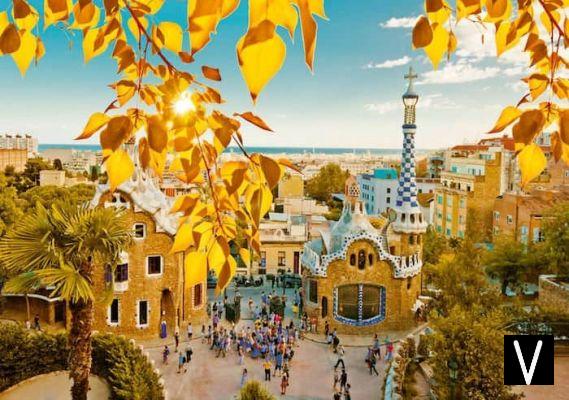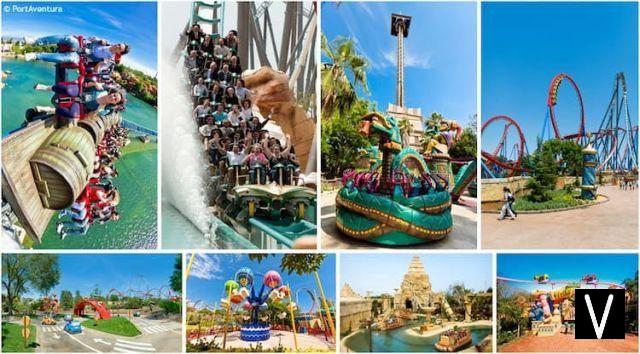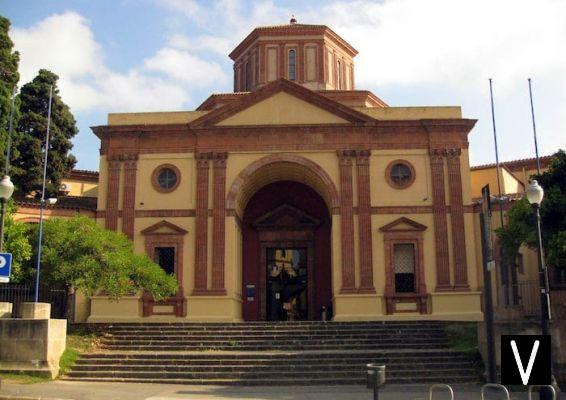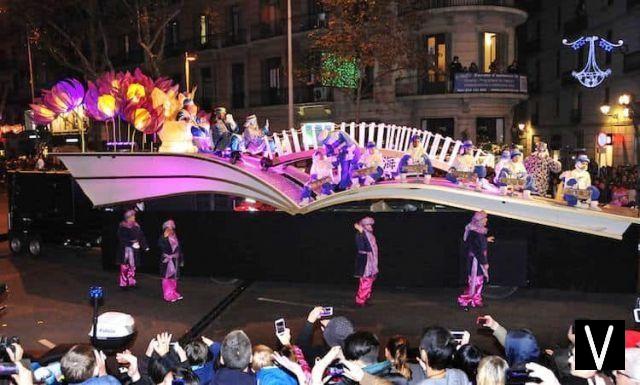
Over the years, UNESCO has included 7 monuments designed by Antoni Gaudí on its World Heritage List: a recognition not achieved by anyone else.
Gaudí and Barcelona: trying to explain the link between the architect and the city is not easy. You have to see with your own eyes the work of the Catalan architect to be able to truly appreciate its value: the most important work is certainly the Sagrada Familia, the monument that has become a symbol of Barcelona, so brilliant that it is hard to imagine that it was the result of the mind of one person. Emotions certainly don't end with the Sagrada Familia: UNESCO ha incluso ben 7 works by Gaudí on his World Heritage List, between 1984 and 2005; no other architect has received such a high number of inclusions, testifying to the importance of Gaudí in the history of modern architecture.
Casa Vicens (1883-1888)
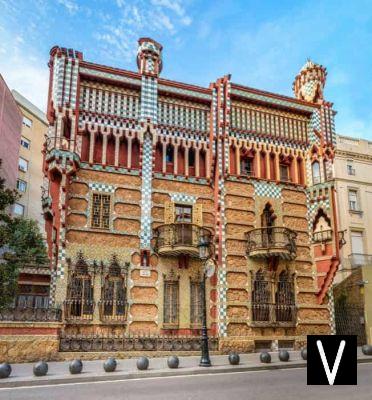
Casa Vicens it was the first private house designed by Gaudí, an assignment received by the industrialist Manuel Vicens Montaner. The client, owner of a ceramic factory, asked the architect for a construction that would show the possibilities of ceramics in decoration, and Gaudí fully fulfilled this desire: the house is a cheerful construction for the colors and original for the large amount of tiles shown. , both outside and inside, with a constant use of ceramic coating. The external towers, windows, battlements and decorations are all elements that recall both the Gothic and the Mudejar styles of the Arab domination of Andalusia. The house is currently undergoing restoration work and is not open to public visits.
Facade of the Nativity and crypt of the Sagrada Familia (1883 - 1926)
Of the total 18 towers - 12 dedicated to the apostles, 4 to the evangelists, one to the Virgin and one to Christ - Gaudí was able to complete only one before his death, that of San Bartolomeo. In addition to the tower, the Catalan architect is the direct author of the Facade of the Nativity and part of the crypt, which is why the inscription on the UNESCO heritage list concerns these parts for the moment, and not the whole temple. Gaudí drew up general drawings and plans for the construction of the church, however leaving it to future generations to complete the construction of the church according to their own ideas. The aim is to complete the external structure in 2026, 100 years after Gaudí's death.
Read more: information on the Sagrada Familia: how to get there, timetables and tickets
Palau Güell (1886-1889)
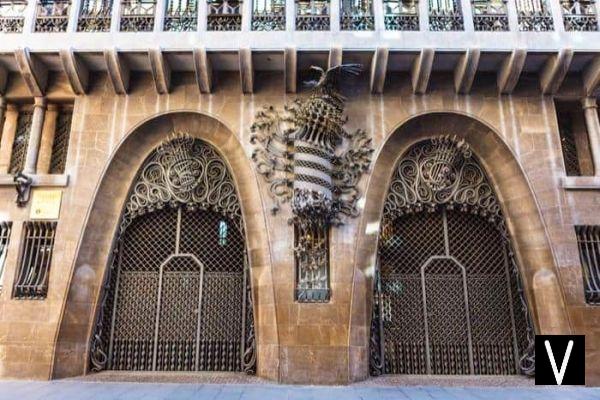
In 1986 UNESCO included Palau Güell in the list of World Heritage buildings. It is one of the most luxurious buildings in Barcelona at the time: a square-plan building that Count Güell commissioned to Gaudí to show the social and economic status of the Güell family.
Located just off the Rambla, it is the only building that bears Gaudí's signature within the old town. Although this is one of Gaudí's first works, it already represents a demonstration of the Catalan architect's broad ability to distinguish himself within the modernist movement, developing his own original style. As in all his main works, Gaudí also took care of the design of the interior furnishings: some of these are visible at the MNAC, while another is part of the collection of the Museum of Modernism in Barcelona.
Read more: guide to the Palau Güell
Crypt of Colonia Güell (1898-1916)
The Gaudí Crypt of Colonia Güell in Santa Coloma de Cervelló - just outside Barcelona - was listed as a World Heritage Site in 2005. It is an assignment from Count Güell to Gaudí for his industrial colony, a nucleus of houses that housed the workers of the textile factory owned by Güell. Despite the size of the overall project, Gaudí limited himself to building the church.
It is an essential work in Gaudí's formative path, bearing in mind that the architect has always considered this church as a dress rehearsal for the construction of the Sagrada Familia. For the first time Gaudí uses a system of parabolic arches - also called catenary arches - applied to the typical Catalan vault, employing a different concept of load distribution to support the construction. The columns are perfectly calculated to allow maximum visibility of the altar from each side of the crypt, and designed to best withstand the load, despite giving the impression of being too thin to do their job. The church was not finished, however the design and construction techniques that made the success of this construction possible were then reused in the development of the Sagrada Familia project.
Read more: how to get to the Gaudí Crypt of Colonia Güell and complete guide
Parc Güell (1900-1914)
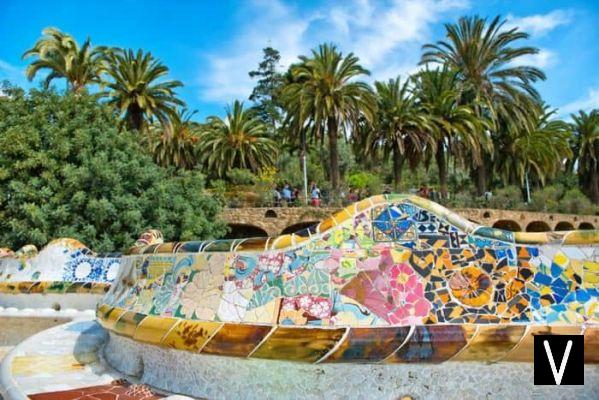
Read more: guide to Parc Güell
Casa Batlló (1904-1906)
Casa Batlló is the result of the renovation of a building - built in 1877 - in the Paseo de Gràcia, in the middle of the Eixample, and is part of the group of buildings known as manzana de la discordia. Gaudí's imagination and creativity mean that the renovation turns into an exceptional remodeling of the building, combining the structural reform of the building with the great work of the craftsmen: sculptors, decorators, specialists in iron, plaster and glass. It remains one of the most important works of Gaudí for its symbolism, chromatic richness, the variety of materials used, as well as for his contribution in geometry and new design and construction techniques, providing some similarities to some artistic currents such as the surrealism, cubism or expressionism.
Read more: drive to Casa Batlló
Milan House (1906-1910)
Also known as la Pedrera, Casa Milà is one of the Catalan architect's most creative buildings. The task was given to Gaudí by the Milà family, after completing the construction of Casa Batlló, a project that had made Gaudí very famous. Included in the UNESCO heritage in 1984, it consists of two structures with independent entrances, unified by a single facade: a game of curves endows the latter with a plastic effect that recalls the waves of the sea or the desert dunes.
The demonstration of the architect's ability was to combine organic forms, worthy more of a sculpture than a building, with the best craftsmen for the care of every aesthetic detail, endowing every corner with a magical beauty. It is one of the last works begun by Gaudí before the architect devoted himself exclusively to the construction of the Sagrada Familia, it is probably the building where Gaudí's great technical expertise and creative ability can best be admired.
Read more: information on Casa Milà: how to get there, timetables and tickets



